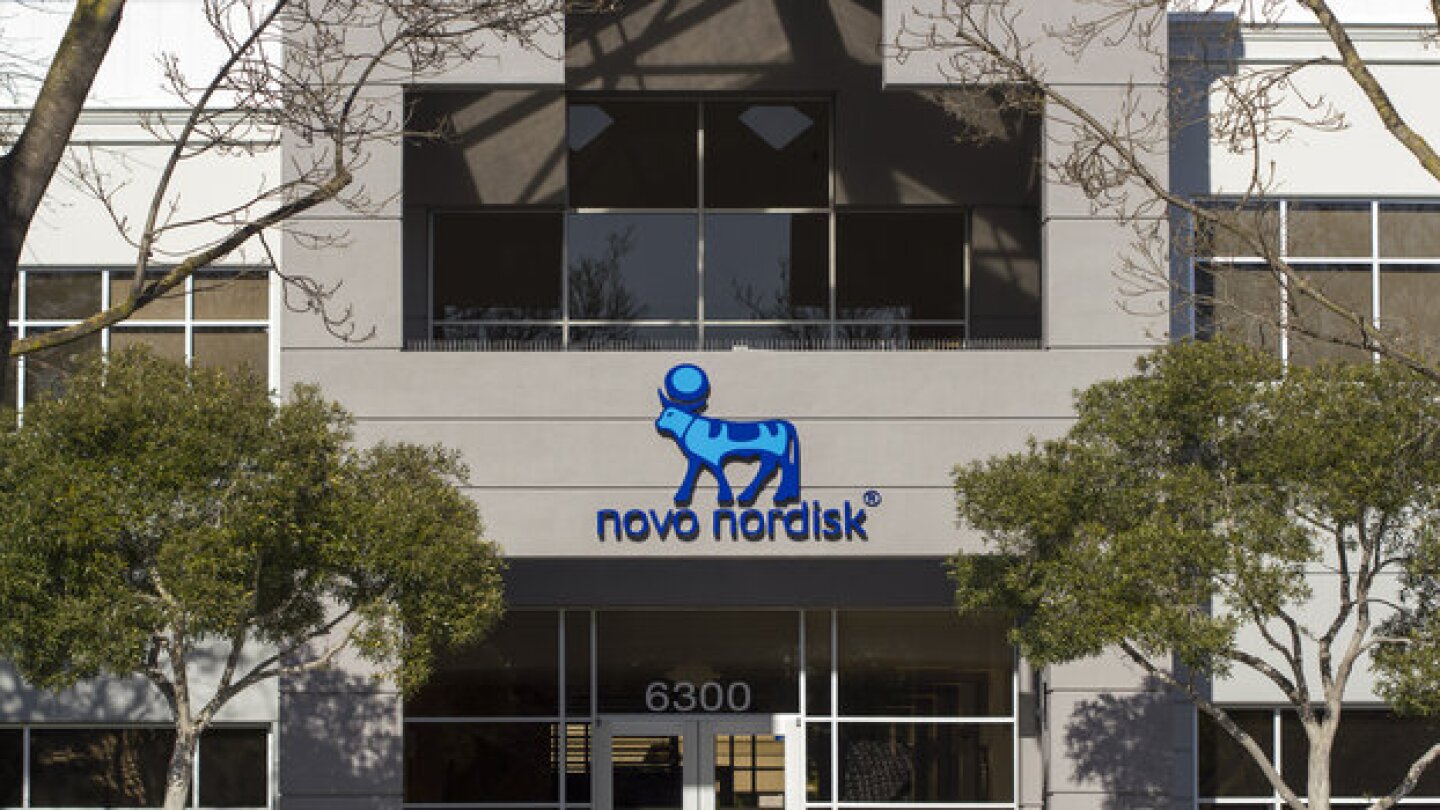Manufacturing
Having seen Congress spend money to onshore semiconductor production, pharma groups are pushing for similar incentives for domestic drug manufacturing.
Industry leaders say uncertainty in funding, clinical development and manufacturing is driving companies to embrace digital transformation, streamlined operations and strategic partnerships to navigate a turbulent market and global tariff pressures.
In this episode presented by Element Materials Technology, BioSpace’s head of insights discusses how China, historically focused on manufacturing, is increasingly becoming an innovation leader, particularly in pharmaceuticals, with guests Dr. Jihye Jang-Lee and Dr. Khanh Courtney. Ultimately, balanced strategies involve domestic capacity investments coupled with global collaboration.
The investment, which will expand Eli Lilly’s existing campus in Puerto Rico, is slated to create 100 new jobs, on top of around 1,000 construction-related roles.
Despite the rejection, analysts saw Regeneron’s use of an alternate filler for Eylea HD as a positive development, with BMO Capital Markets noting that this could signal the end of manufacturing troubles for the franchise.
Executives from Eli Lilly, Merck and other companies foresee the FDA’s new onshoring proposal being anything from a bureaucratic waste of time to a transformative program that will eliminate inspection-related complete response letters.
In this episode presented by Element Materials Technology, guests Dr. Jihye Jang-Lee and Dr. Khanh Courtney discuss how small biotechs face mounting pressure amid manufacturing uncertainties.
In this episode presented by Element Materials Technology, guests Dr. Jihye Jang-Lee and Dr. Khanh Courtney will explore how healthcare and pharmaceutical players are rethinking their strategies amid global supply chain disruption.
To tailor cancer therapies to individual patients, Moderna, BioNTech and other companies are rethinking how they optimize manufacturing schedules and resources.
Slapped with the most severe post-inspection classification, the state of Novo Nordisk’s Indiana manufacturing site could pose a problem for clients, including Regeneron and Scholar Rock.
PRESS RELEASES










